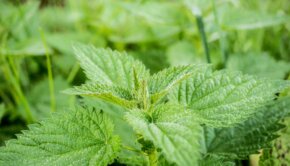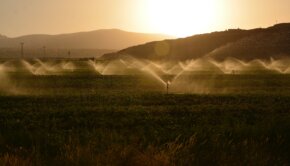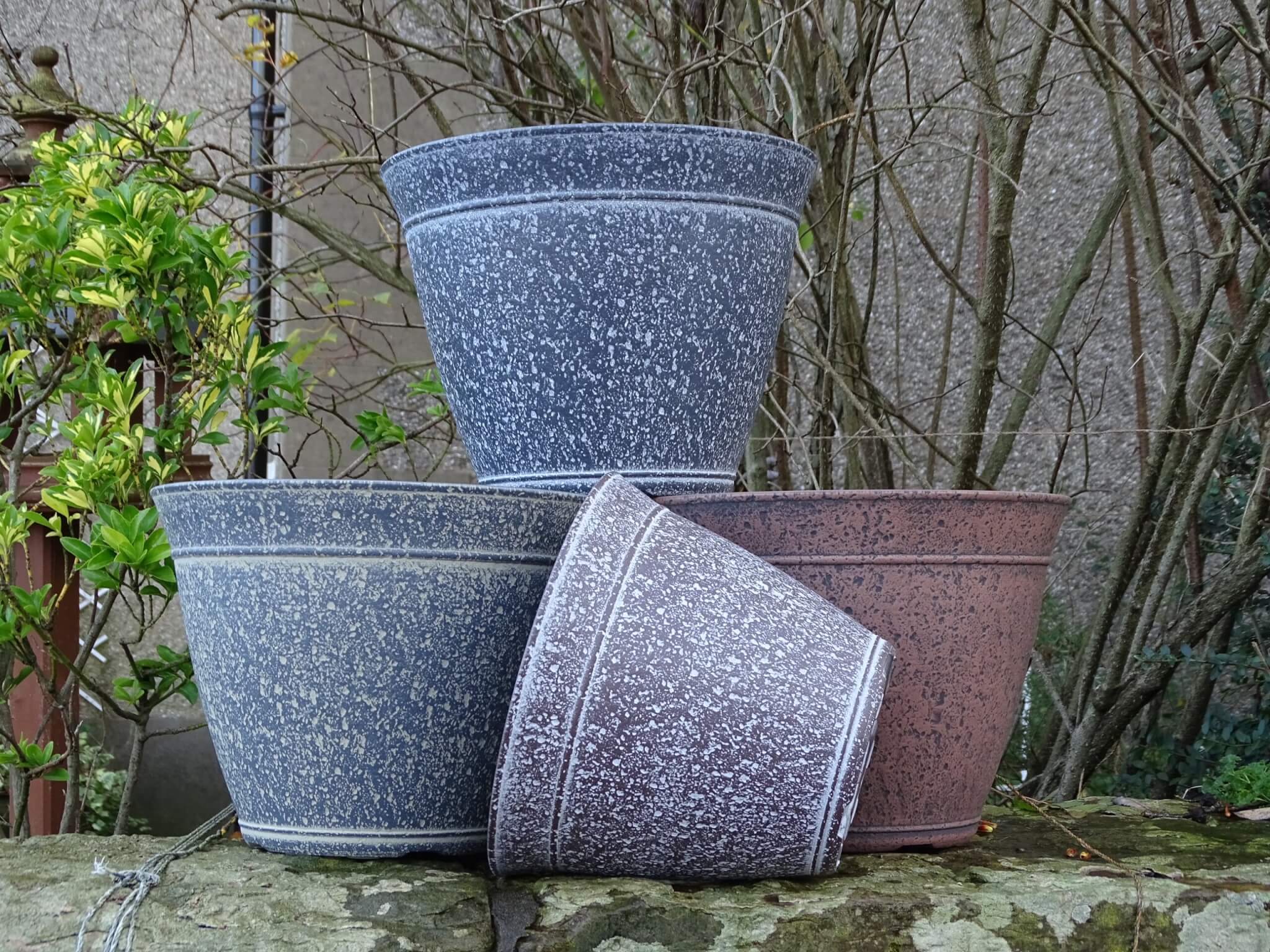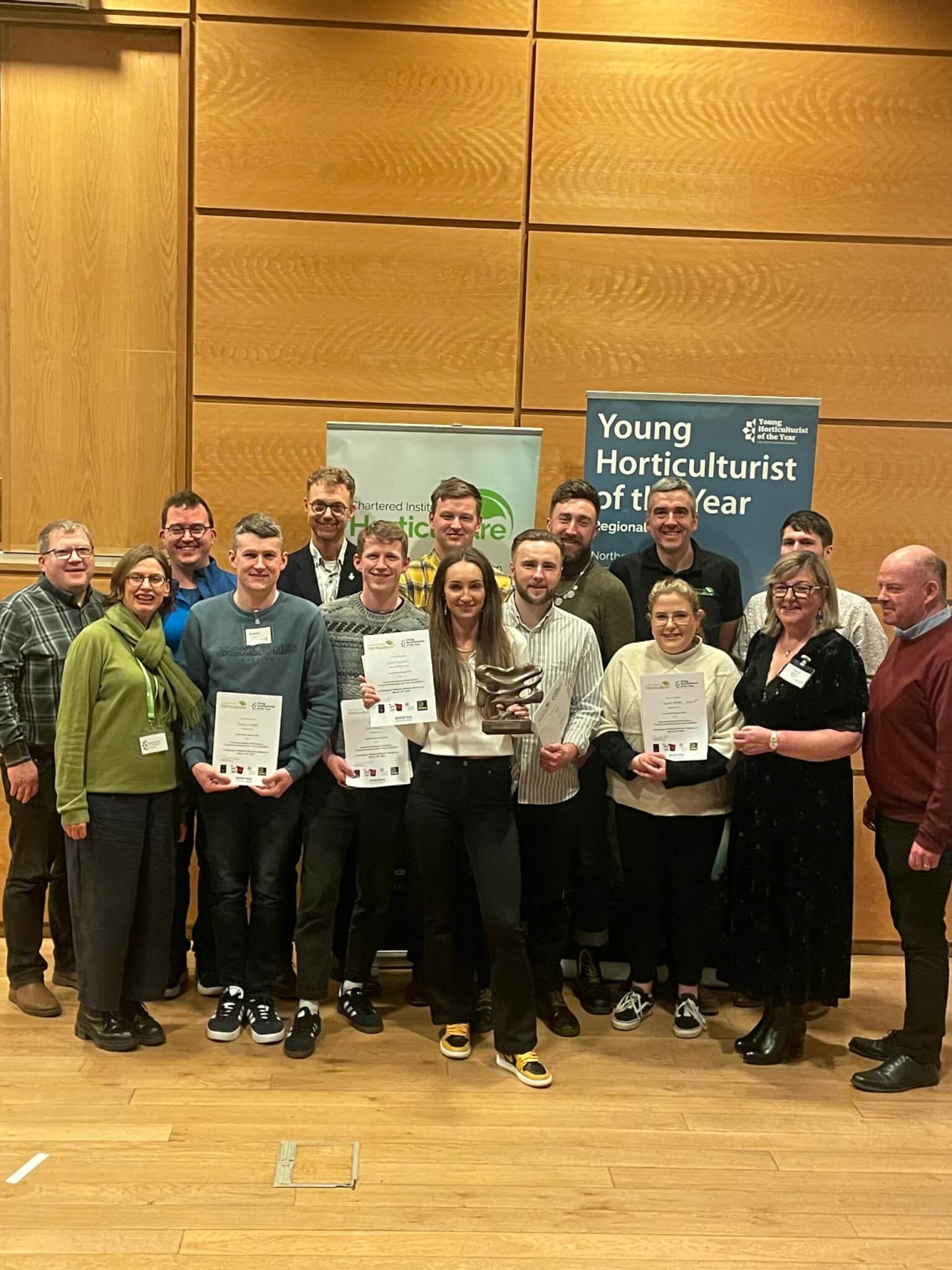Pesticide exposure found among professional horticultural workers

Research scientists from NUI Galways found low levels of pesticide exposure among professional horticultural workers, concluding a four-year long study.
18 December 2018
Researchers from the School of Physics in the National University of Ireland (NUI) Galway have been investigating pesticide exposures among professional gardeners and amenity horticultural workers. The final results from this four-year study were recently published in the International Journal of Hygiene and Environmental Health.
Glyphosate is the highest volume herbicide used globally and is extensively used in horticulture to control the growth of weeds and invasive species of plants, such as the Japanese Knotweed.
Glyphosate has recently received much public attention following its Group 2A – probably carcinogenic to humans classification from the International Agency for Research on Cancer.
The European Food Safety Authority (EFSA) and other international agencies have concluded that glyphosate is unlikely to be carcinogenic to humans. Despite the widespread use of glyphosate, there is limited human exposure data available for this chemical.
The research was led by Exposure Science lecturer Dr Marie Coggins and Alison Connolly, a PhD researcher in Exposure Science, both from the School of Physics at NUI Galway. The research project was conducted in collaboration with the Health and Safety Executive, Great Britain, and the Institute of Occupational Medicine in Edinburgh. The project was funded by the Commissioners of Public Works in Ireland, the Health and Safety Authority of Ireland and the Colt Foundation UK.
“Occupational biomonitoring data across Europe on chemicals such as pesticides is scarce. In this study detectable levels of pesticides in urine were low, however, further studies such as this one are required to fully characterise chemical exposures in humans to support risk assessment and to inform policy.”, said Dr Marie Coggins at the School of Physics in NUI Galway
Since 2014, the research team at NUI Galway have been conducting a biomonitoring study among professional amenity horticultural workers to assess their exposure to glyphosate. This involved collecting and analysing urine samples from workers.
The researchers also assessed the contribution skin contact and inadvertent ingestion makes to workers’ total exposure by collecting wipe samples from workers’ hands, and the area around their mouth. In addition, workers’ mobile phones and vehicle steering wheels were also wiped and protective gloves collected.
A total of 200 urine samples and 350 wipes and gloves were collected and analysed. Study results suggest low glyphosate exposure levels among professional amenity horticultural workers, the highest measured glyphosate concentrations were equivalent to less than 1% of the Acceptable Operator Exposure Level (AOEL) set by the EFSA.
Results also suggest that skin contamination on the workers’ hands is the most significant form of exposure accounting for almost 40% of the total exposure. However, exposure through inadvertent ingestion may also be relevant.
This four-year study highlights the importance of using personal protective equipment (PPE) when using pesticide products. If reusable PPE is used it should be thoroughly cleaned after use as levels of pesticide contamination were found on reusable worker gloves which, if reused by the worker, may become a source of exposure.
Detectable levels of glyphosate were also found on face wipes, which could be due to touching the face either to adjust a face mask or answer a mobile phone during the work task. Detectable levels of glyphosate were also found on vehicle steering wheels.
Workers who took breaks during the work task had higher glyphosate concentrations in their urine, most likely due to contact with pesticide residues on contaminated protective clothing or personal protective equipment.
Key recommendations for pesticide users:
- Wear PPE when applying pesticide products.
- Dispose of all used PPE after the task or ensure that re-usable personal protective equipment is washed thoroughly after each work task.
- When taking breaks during the task, be careful when donning or doffing PPE, to prevent contamination of clothes and the body.
- Be careful not to contaminate personal items such as mobile phones and steering wheels when working with pesticides.
Dr Holger Koch, Chief Editor of the International Journal of Hygiene and Environmental Health said the study was “an important, timely scientific contribution to the current worldwide glyphosate discussion, and the first international study of its kind to look at glyphosate exposures, and exposure pathways, among a previously understudied occupational group – amenity horticulture and gardeners.”
The research has led to the development of a Guidance document on the safe use of plant protection products which is freely available on the Department of Agriculture, Food and the Marine website, found here.
To read the final study’s in the International Journal of Hygiene and Environmental Health, visit: https://www.sciencedirect.com/science/article/pii/S1438463917300688?via%3Dihub; https://www.sciencedirect.com/science/article/pii/S1438463918302505via%3Dihub; https://www.sciencedirect.com/science/article/pii/S1438463918305972?via%3Dihub.



 Print
Print








Fans 0
Followers